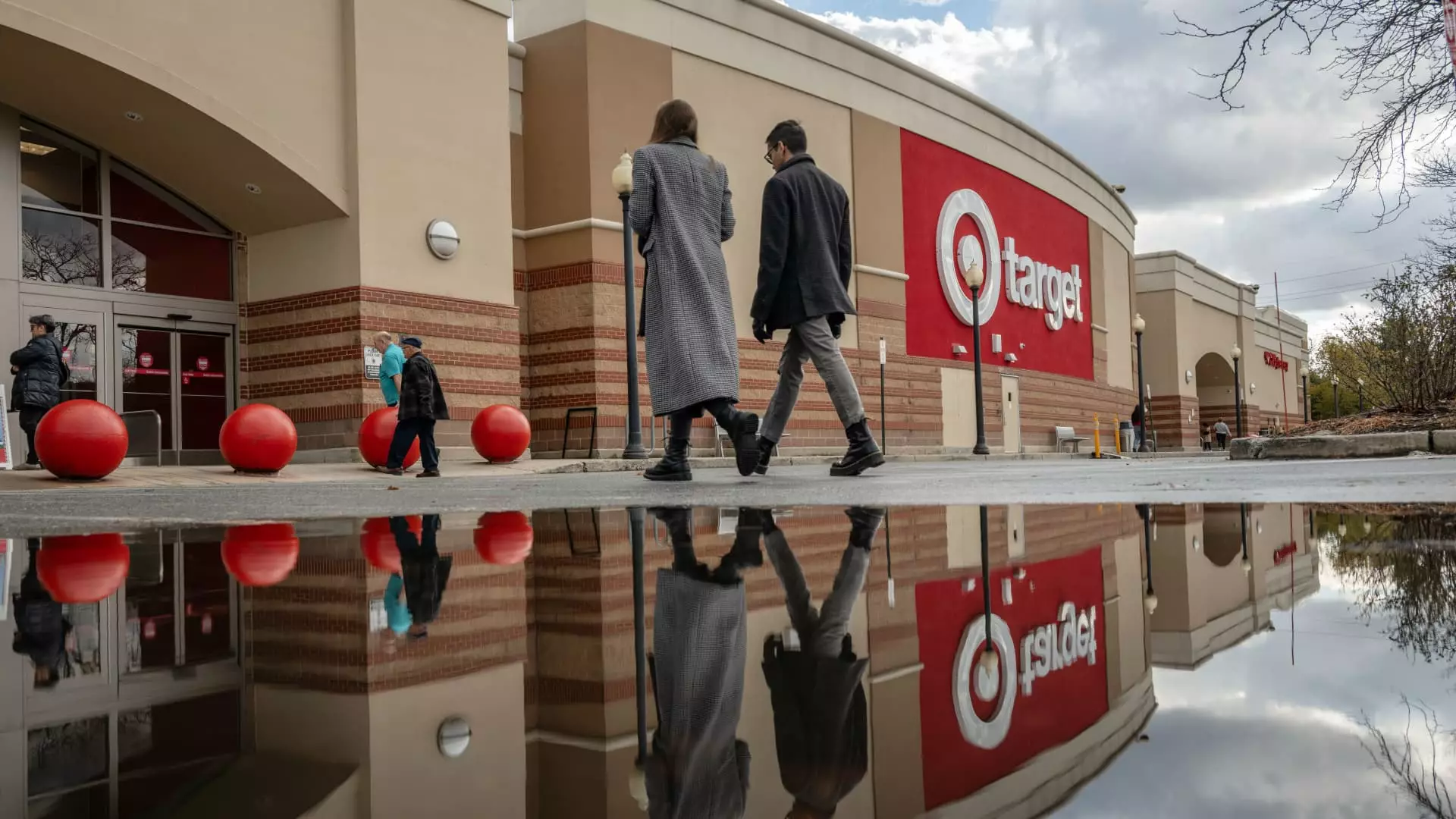As we enter the bustling holiday season of 2023, the retail industry is witnessing a profound contrast between brands that are seamlessly capturing consumer spending and those that are struggling to maintain their sales. This year, shoppers are more selective than ever, influenced by economic pressures that have led many to reassess their discretionary spending habits. The latest earnings reports from major retailers reveal this division, offering a glimpse into the changing dynamics of consumer behavior and its impact on retail performance.
Economic Pressures Shape Consumer Behavior
For over two years, inflation has reshaped the American shopping landscape, compelling consumers to tighten their belts. Essential expenditures, such as grocery bills and housing costs, have taken precedence over discretionary items. This broader economic context is crucial in understanding the current retail environment. While inflationary pressures may be easing, the lasting effects have led to a more discerning shopper. Those who once indulged on luxuries are now inclined to prioritize needs over wants, fundamentally altering spending patterns as the holiday shopping season unfolds.
Retail analyst Neil Saunders notes the impact of consumer selectivity: “People are more mindful of where they spend their money. This year, instead of purchasing multiple items, they might limit themselves to just a few.” As a consequence, retailers vying for attention must display not only competitive pricing but also a keen understanding of trending consumer preferences.
Recent reports highlight a stark divide among retailers. While industry giants like Walmart, Dick’s Sporting Goods, and Abercrombie & Fitch have reported robust sales figures, others such as Target, Kohl’s, and Best Buy struggle with disappointing results. This disparity raises questions about the factors driving success in an increasingly competitive market. Walmart, for example, has demonstrated resilience with a significant uptick in general merchandise sales—an encouraging shift after a prolonged period of decline. Their ability to adapt by enhancing online offerings and strategically pricing products seems to resonate well with consumers.
In contrast, Target’s forecast shows stagnation, signaling a potential miss in capturing seasonal sales. With their emphasis on promotional strategies, such as exclusive collaborations and price reductions, they are attempting to resurrect consumer interest. The approach has merit, but it remains to be seen whether it will result in meaningful traffic during peak shopping days.
As shoppers redefine their purchasing criteria, the focus has shifted towards value and utility. According to market research insights, consumers are now prioritizing gifts that bear practical significance over frivolous buys. This transition underscores a fundamental change in consumer sentiment: novelty items and low-impact gifts may be viewed as wasteful expenditures in a climate where every dollar counts.
Retailers must adapt their strategies to meet these changing preferences. For instance, offering gifts that have both emotional resonance and practical application could appeal more strongly to the contemporary consumer psyche. Companies like Abercrombie & Fitch have reported successful upticks in sales due to their tactical adjustments and insightful collection curation—a lesson that other retailers could benefit from.
The Risks of Overselling and Mismanaged Inventory
Compounding the summer doldrums many retailers faced is the problem of overstock. Some chains may have miscalculated consumer demand, leading to excessive inventory levels that could result in significant markdowns if sales do not meet expectations. High visibility of certain products in stores, such as clothing and appliances displayed by Kohl’s, raises concerns about whether these selections align with consumer interest trends. As insightfully pointed out by analysts, lack of foot traffic is a red flag—mere presence on the sales floor does not guarantee sales.
Failure to manage inventory proactively can be damaging, as evidenced by last year’s miscalculations. Thus, retailers need to implement agile inventory strategies that respond to both micro and macroeconomic shifts in consumer behavior.
As we move deeper into the holiday season, the retail landscape continues to evolve. Success will hinge on a retailer’s ability to provide value and engage consumers through innovative offerings. While some are thriving amidst cautious consumer spending, others may find themselves struggling to resonate in a competitive marketplace.
As analysts continuously analyze market trends, it becomes crucial for retailers to adapt and respond dynamically. Acknowledging the shifts in consumer expectations, coupled with an astute understanding of economic pressures, will be central to navigating the challenges this holiday shopping season presents. As history has shown, only those retailers who are genuinely in tune with their customers will be able to claim their share of the holiday spending pie.

